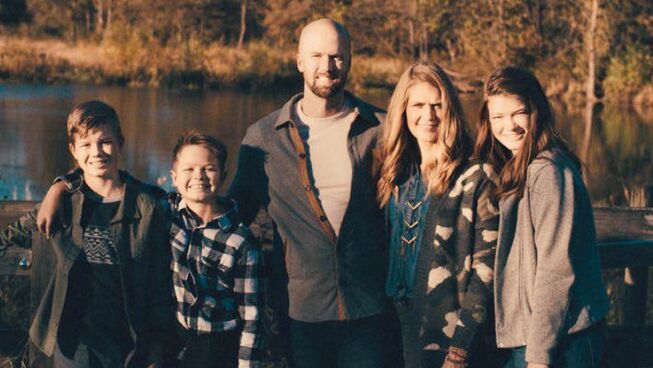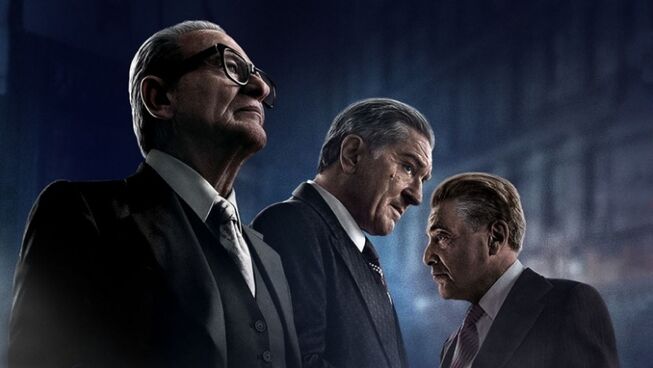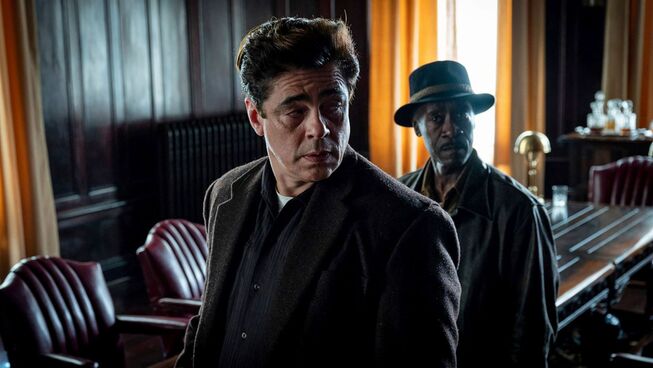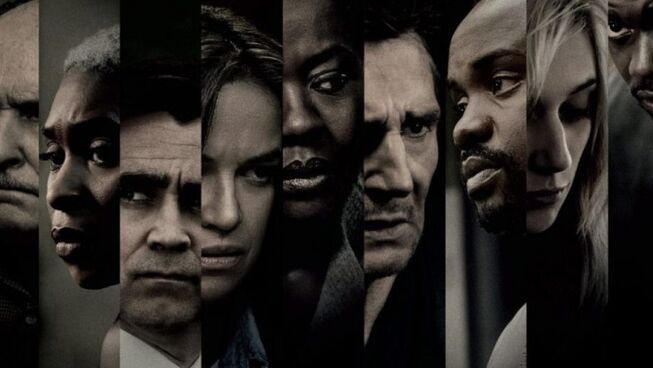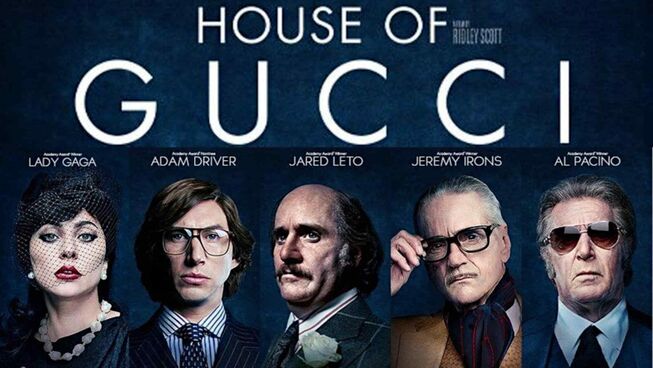
“Leave the gun, take the cannoli.”
This year marks the 50th anniversary of Francis Ford Coppola’s gangster epic The Godfather. Since its release in 1972, this saga has remained one of the most revered and influential films of all time. It transformed and even transcends the crime family genre and improved the way Italian Americans are depicted in film. Its enduring influence on pop culture has informed nearly every gangster and mafia-related production since. A new generation of film enthusiasts are probably unaware of the inner workings of the Corleone family, but might be familiar with some of their more infamous moments. Perhaps they’ve even heard quotes from Corleone family members including Vito or Michael or Clemenza. Adapted from Mario Puzo’s bestselling novel, the Academy Award-winning screenplay is a trove of unforgettable scenes and quotable dialogue. As Don Vito Corleone, Marlon Brando is one of the most iconic and ironic performances in cinematic history. Despite limited screen time and relatively few lines, this legendary actor's presence is felt throughout the movie. There is a fatherly warmth and pensiveness to don Corleone as he sits quietly in a darkened office listening to petitioners make their requests. In an early scene, the camera cuts to face the Italian mob boss for the first time. He is petting a small cat while at the same time, considering business matters of literal life and death. The cat revels in each playful stroke until his master decides playtime is over and judgment is meted out. Finally, the don strokes a sagging jowl with the back of a few fingers and declares with god-like authority, “I’m gonna make him an offer he can’t refuse.”
The Godfather is first in a three-part trilogy that follows the Corleone crime family in New York from 1945-1955. Vito Corleone (Marlon Brando) is the head and patriarch of the most feared and influential Italian American mafia ring in the United States. He is aided in the family business by three of his four sons. Sonny (James Caan) is the oldest. He is short-tempered and unpredictable. Fredo (John Cazale) is unremarkable and hapless, yet sweet. Tom Hagen (Robert Duvall) is the family lawyer who was informally adopted by Vito as a young boy. Tom serves as consigliere, a respected advisor and voice of reason. The youngest son, Michael (Al Pacino), is college-educated and a decorated war veteran who has managed to live outside of the family’s nefarious business dealings. Much of the film is focused on Michael’s reluctant evolution from the ‘good son’ who has so far resisted a role inside the mafia to eventually replacing his father as head of the Corleone empire. Michael’s gradual descent into deeper levels of moral depravity is fascinating to watch, especially since a life of crime was never planned for him. Michael grows colder and more calculating as he ascends to the top of the five families. He is filled with a brooding cynicism that makes him more vicious and cruel than his father.
The saga begins at Vito Corleone’s daughter, Connie’s (Talia Shire), wedding. On this day, it is a Sicilian custom for the godfather to grant a personal favor to anyone who requests one. A mortician named Bonasera seeks justice for his daughter’s sexual assault. A baker named Nazorine is fearful of his son-in-law, Enzo’s, deportation and asks the don to intervene. Vito’s godson and singer, Johnny Fontane, needs help convincing a bitter Hollywood producer to cast him in an upcoming movie. Don Vito’s power and influence in each of these requests is far-reaching and absolute. After rejecting Corleone’s request and rebuking Tom Hagen to his face the studio executive wakes next to his prized horse’s severed head. Determined to unseat the great Italian crime boss, a drug mogul named Sollozzo conspires with the Tattaglia crime family to assassinate Don Corleone. Michael devises a plot to save his father that involves killing Sollozzo and a corrupt police captain named McCluskey (Sterling Hayden). Michael escapes to Sicily in the ensuing chaos while Sonny and the Corleone caporegime go to war with the other New York crime families. When things finally blow over, Michael returns as a changed man. The once charming and unassuming college graduate is drawn further into the family business and its never-ending cycle of treachery, betrayal, and violence.
Directed by a then-unknown and, at times, unconventional Italian American filmmaker, Francis Ford Coppola, this film would go on to define an entire genre of film. The Godfather would also change the way studio executives produce movies. It also overcame tremendous odds and conventional industry wisdom before becoming both a cinematic classic and the standard all organised crime movies are compared. At the time of The Godfather’s release in 1972, Coppola and Brando were approaching persona non grata status in Hollywood. Legendary actors including Al Pacino, Robert Duval, James Caan, and Diane Keaton were still relatively unknown. Coppola was in a slump, having delivered a string of flops. He was in desperate need of both money and commercial success. Brando’s rise as leading man was meteoric during the late forties and fifties but had fizzled out over the next decade. By 1970 the great Marlon Brando was considered a Hollywood has-been who was difficult to work with and not a box-office draw anymore. Nevertheless, Coppola intended to cast Brando as Don Vito Corleone and a little-known theatre actor named Al Pacino as Vito’s youngest son, Michael. The eccentric 32-year-old director fought these and many other battles with studio execs throughout the shoot. Under daily threat of being fired, Coppola clashed with Paramount Pictures on everything from the script to the film’s setting. While producers desired a more cost-effective 1970s, Coppola wanted a more compelling 1940s to casting decisions. When reflecting on The Godfather production, Coppola said, “It was just the most frightening and depressing experience I think I’ve ever had.”
One of the central themes of The Godfather is a pessimistic view of the so-called American Dream. At its release, the country was still entangled in Vietnam and the Nixon Watergate scandal was fresh. In short, Americans were deeply sceptical of government institutions. The film opens with Bonasera telling don Corleone, “I believe in America.” From there, the story is told from an entirely closed perspective. It is singularly focused on a family fashioned its own world and moral code. The Godfather also changed the way violence is portrayed in cinema. Coppola was painstaking in his approach to the setup and character-driven editing of each of the film’s many violent scenes. Coppola includes a memorable detail that sets it apart from the others during each assassination. From Clemenza’s famous line, “Leave the gun, take the cannoli” to a fish wrapped in a bulletproof vest indicating “Luca Brasi sleeps with the fishes” to Sonny’s bullet-riddled body at an abandoned toll booth, each is distinct and Shakespearean in both meaning and madness.
At the end of its theatrical ride, Coppola's creation grossed $132 million. Adjusted for inflation that is equivalent to $711 million today. It was nominated for 11 Academy Awards and in addition to Best Picture and Best Adapted Screenplay, Marlon Brando won for Best Actor. Ironically, Brando refused to accept the prestigious award and epically rebuffed the Academy. Coppola followed up with two sequels (many critics consider The Godfather Part II to be the superior film). The Godfather odyssey in its entirety is a beautiful tapestry of great storytelling and reminds us of the possibilities of masterful filmmaking.
